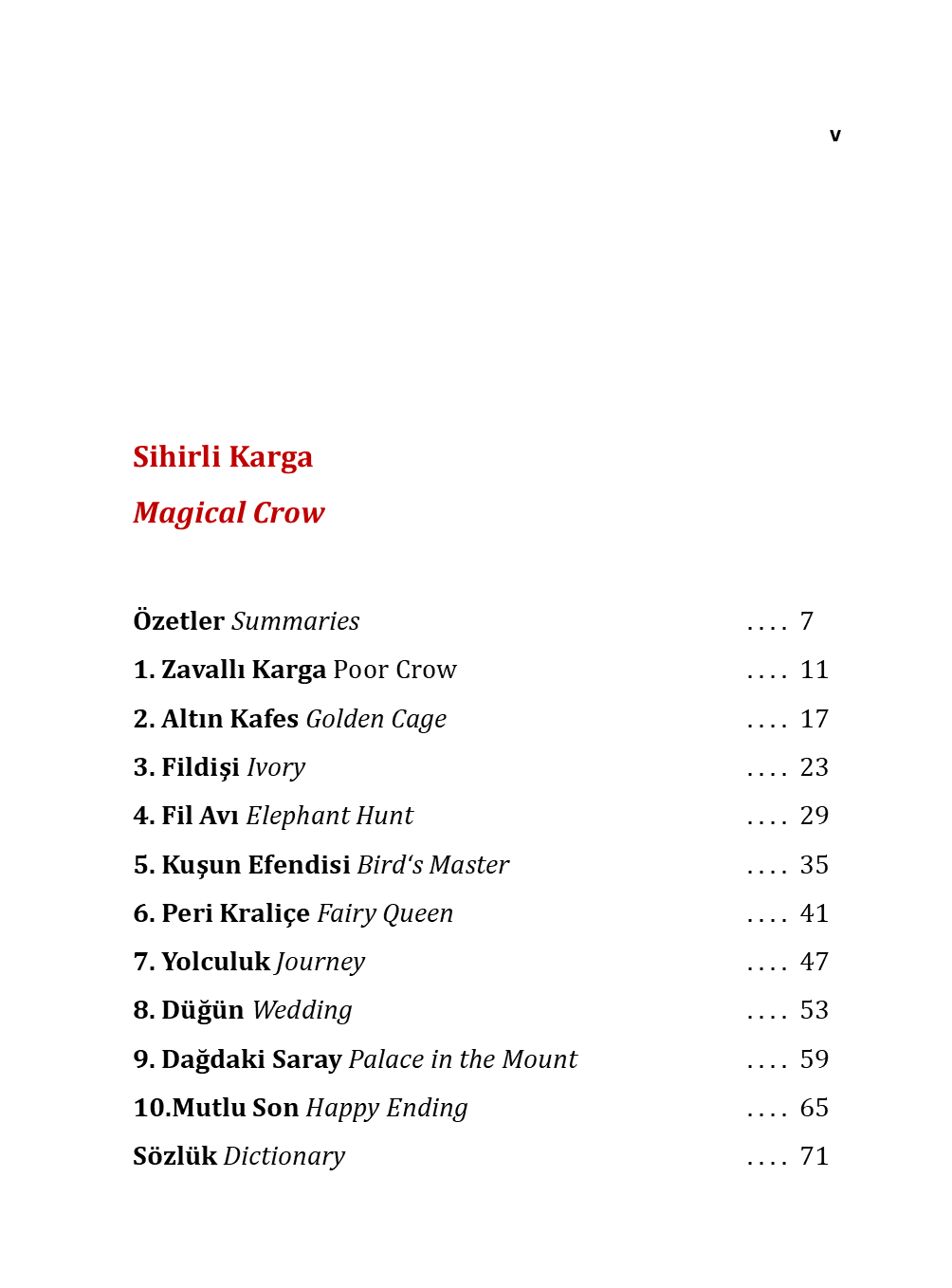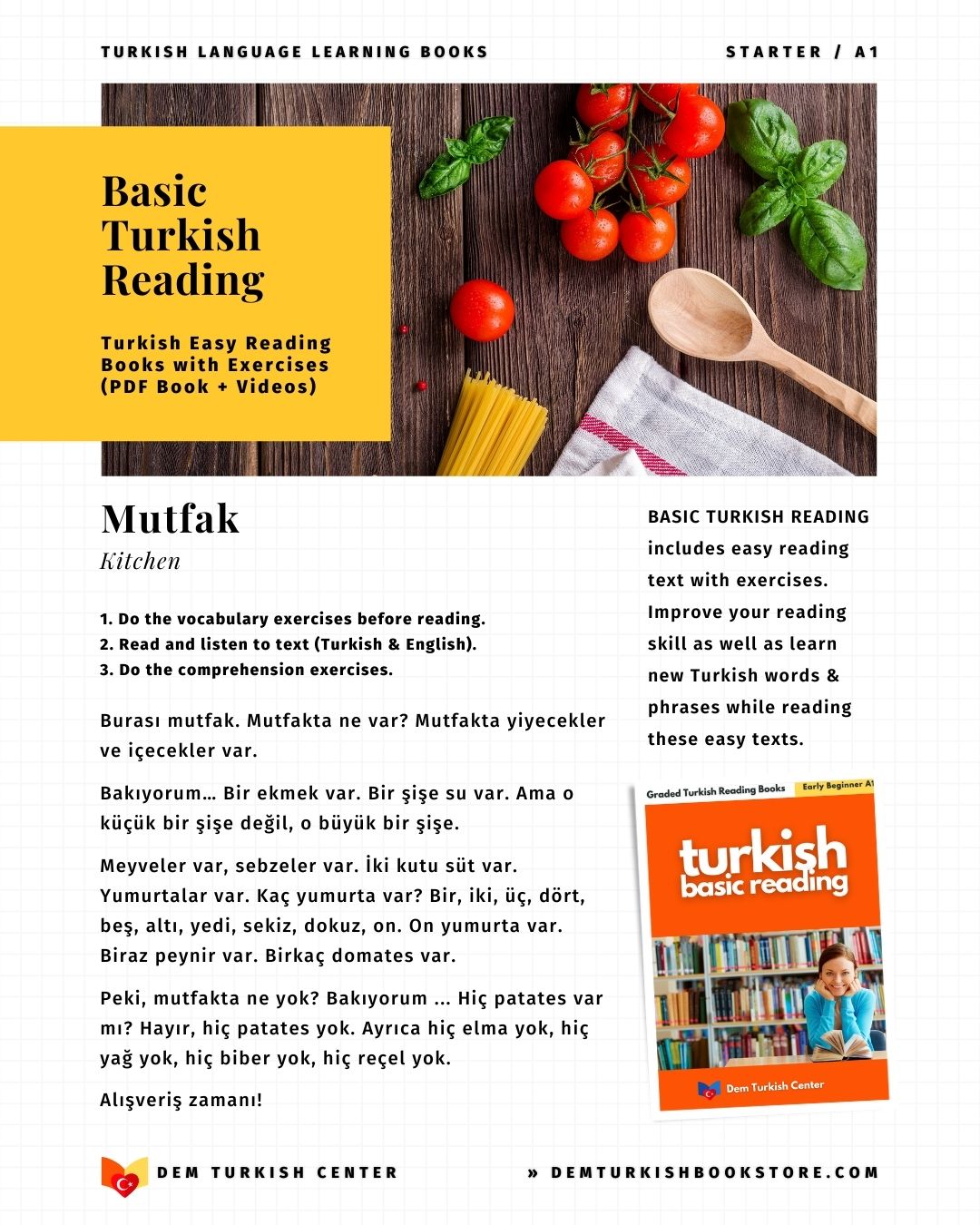
How to Use "Aşağı & Yukarı" in Turkish
When learning Turkish, two essential words you’ll encounter are "aşağı" and "yukarı." These words are foundational in describing directions, movement, and even approximate amounts or comparisons. Understanding their meanings and applications will greatly enhance your fluency.
TURKISH WORDS: "AŞAĞI & YUKARI"
Let’s dive into how to use "aşağı" (down/below) and "yukarı" (up/above) in various contexts.
How to Build Your Turkish Vocabulary with Word Associations
Basic Meanings of "Aşağı" and "Yukarı"
- Aşağı Translates to "down," "below," or "lower."
- Yukarı Translates to "up," "above," or "higher."
These words are often used to indicate physical direction or position, but they also have metaphorical and idiomatic uses.
50 Tips To Improve your Turkish Vocabulary
1. Describing Physical Directions
When used to describe physical directions, "aşağı" and "yukarı" can stand alone or be part of a phrase. For example:
- Aşağı git. Go down.
- Yukarı çık. Go up.
- Ev aşağıda. The house is below.
- Ofis yukarıda. The office is upstairs.
2. Indicating Approximation
Both "aşağı" and "yukarı" can be used to mean "around," "approximately," or "more or less," often when paired as "aşağı yukarı." For example:
- Aşağı yukarı 20 kişi geldi. Around 20 people came.
- Bu proje aşağı yukarı 2 ay sürecek. This project will take about 2 months.
3. Comparisons and Hierarchy
"Aşağı" and "yukarı" are often used metaphorically to talk about levels, hierarchy, or status. For example:
- Onun seviyesine aşağı kalmam. I won’t stoop to his level.
- Yukarıdaki yönetim bu karara onay verdi. The upper management approved this decision.
4. As Part of Common Expressions
Turkish has many idiomatic expressions that include "aşağı" and "yukarı." Learning these will make your speech more natural and engaging. For example:
- Aşağı inmek / yukarı çıkmak To go downstairs / upstairs.
- Aşağı yukarı Approximately
- Başını aşağı eğmek To bow one’s head (to show humility or submission)
- Yukarı bakmak To look up
- Aşağı görmek To look down on someone (figuratively, to belittle)
5. Directional Commands
In daily life, "aşağı" and "yukarı" are frequently used in commands, especially in navigating spaces. For example:
- Asansör aşağı iniyor. The elevator is going down.
- Merdivenlerden yukarı çık. Climb up the stairs.
6. Pairing with Postpositions
"Aşağı" and "yukarı" can combine with postpositions like "-dan" (from) or "-ya" (to) to indicate movement or origin. For example:
- Aşağıdan ses geliyor. There is a sound coming from below.
- Yukarıya bir not bırak. Leave a note upstairs.
Tips for Mastering "Aşağı" and "Yukarı"
- Practice Physical Directions Start by using them to describe movement in your daily environment.
- Learn Common Expressions Familiarize yourself with idioms to sound more natural.
- Pay Attention to Context Remember that these words can be literal or metaphorical, depending on the sentence.
- Pair with Prepositions Practice combining them with suffixes like "-dan" and "-ya" to expand your usage.
"Aşağı" and "yukarı" are incredibly versatile words in Turkish. From describing physical directions to expressing abstract ideas like hierarchy or approximation, they are integral to everyday communication. By mastering these words and their various uses, you’ll significantly improve your fluency and ability to express yourself in Turkish.
Try incorporating these words into your sentences today and see how they elevate your language skills!
BECOME A DEM TURKISH CENTER MEMBER!
Learn Turkish yourself with Dem Turkish Center!













